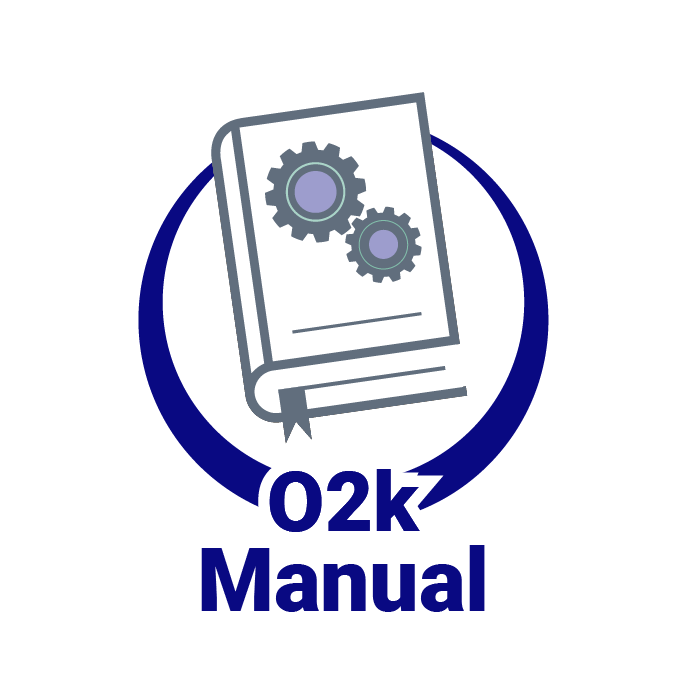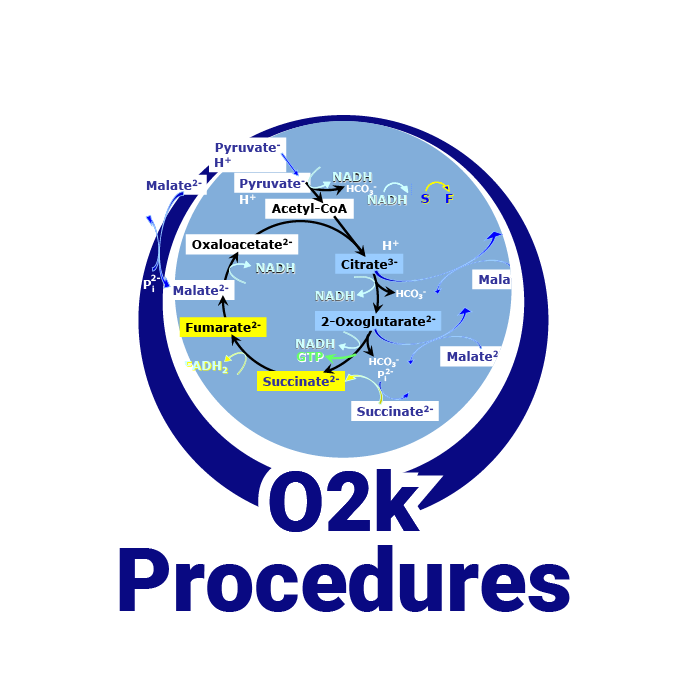Difference between revisions of "Talk:O2k-Peltier Temperature Control"
From Bioblast
Beno Marija (talk | contribs) |
|||
| Line 5: | Line 5: | ||
== Very low temperatures == | == Very low temperatures == | ||
'''Question:''' Is it possible to use the oxygraph with a chamber temperature of 0 °C? | ::: '''Question:''' Is it possible to use the oxygraph with a chamber temperature of 0 °C? | ||
:::: The O2k is specified for a chamber temperature down to 4 °C at 25 °C room temperature and down to 2 °C at "lower ambient temperature", see [[MiPNet06.05 Specifications| specifications]]. | |||
[[MiPNet06.05 Specifications| specifications]]. | :::: Lower ambient temperature does not necessarily mean a "cold room". For a chamber temperature of 2 °C, an air conditioned room is sufficient. | ||
Lower ambient temperature does not necessarily mean a " | |||
:::: It is possible to reach a chamber temperature of 0 °C at low ambient temperature. For this purpose, the O2k can be exposed to ambient temperatures down to just above 0 °C (all the electronic components are rated at least down to 0 °C, but 0 °C room temperature should be avoided due to condensation concerns). Also, for very low room temperatures above 0 °C, some means of humidity control should be used. | |||
:::: We recently performed a short test and were able to reach 0 °C chamber temperature quite easily at a room temperature of about 14 °C. In order to maintain this temperature, the cooling power of the Peltier element reached 95% of maximum. Thus, a "cold room" would probably be necessary for longer experiments. | |||
::: '''Update for O2k-Series E''' | |||
:::: O2k-Series E has a more efficient temperature management system. Therefore, the experiment described above was repeated with an O2k-Series E. In this case it was not necessary to reduce the room temperature. [[Fasching M|Fasching Mario]] 14:39, 4 February 2013 (CET) | |||
:::: Details: At room temperature of 21.1 °C a stable Peltier power of about -83% was reached after about 1:05 h from setting the block temp. from 37 °C to 0 °C. [[User:Capek Ondrej|Capek Ondrej]] 14:36, 4 February 2013 (CET) | |||
Revision as of 08:58, 6 August 2017
Previous Product ID 21020
 |
Talk:O2k-Peltier Temperature Control |
MitoPedia O2k and high-resolution respirometry:
O2k-Open Support
Very low temperatures
- Question: Is it possible to use the oxygraph with a chamber temperature of 0 °C?
- The O2k is specified for a chamber temperature down to 4 °C at 25 °C room temperature and down to 2 °C at "lower ambient temperature", see specifications.
- Lower ambient temperature does not necessarily mean a "cold room". For a chamber temperature of 2 °C, an air conditioned room is sufficient.
- It is possible to reach a chamber temperature of 0 °C at low ambient temperature. For this purpose, the O2k can be exposed to ambient temperatures down to just above 0 °C (all the electronic components are rated at least down to 0 °C, but 0 °C room temperature should be avoided due to condensation concerns). Also, for very low room temperatures above 0 °C, some means of humidity control should be used.
- We recently performed a short test and were able to reach 0 °C chamber temperature quite easily at a room temperature of about 14 °C. In order to maintain this temperature, the cooling power of the Peltier element reached 95% of maximum. Thus, a "cold room" would probably be necessary for longer experiments.
- Update for O2k-Series E
- O2k-Series E has a more efficient temperature management system. Therefore, the experiment described above was repeated with an O2k-Series E. In this case it was not necessary to reduce the room temperature. Fasching Mario 14:39, 4 February 2013 (CET)
- Update for O2k-Series E
- Details: At room temperature of 21.1 °C a stable Peltier power of about -83% was reached after about 1:05 h from setting the block temp. from 37 °C to 0 °C. Capek Ondrej 14:36, 4 February 2013 (CET)




